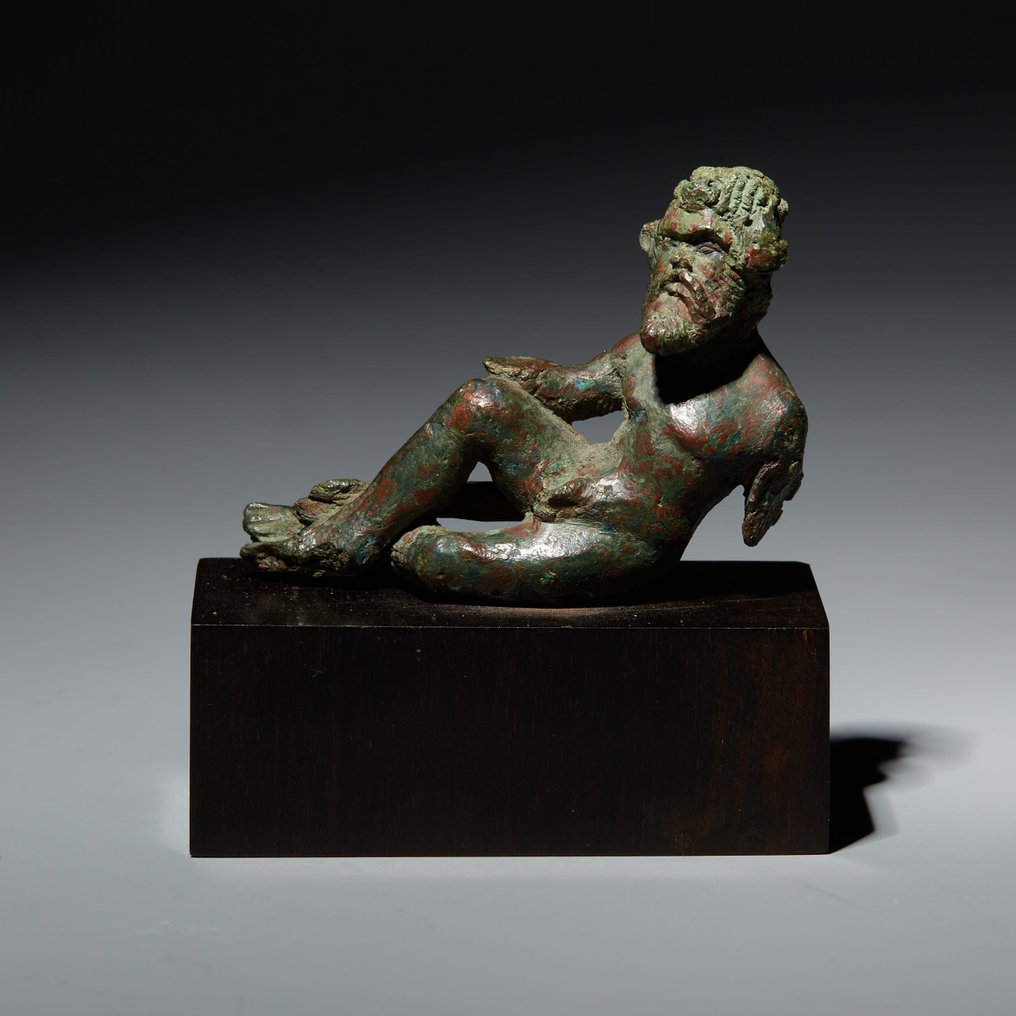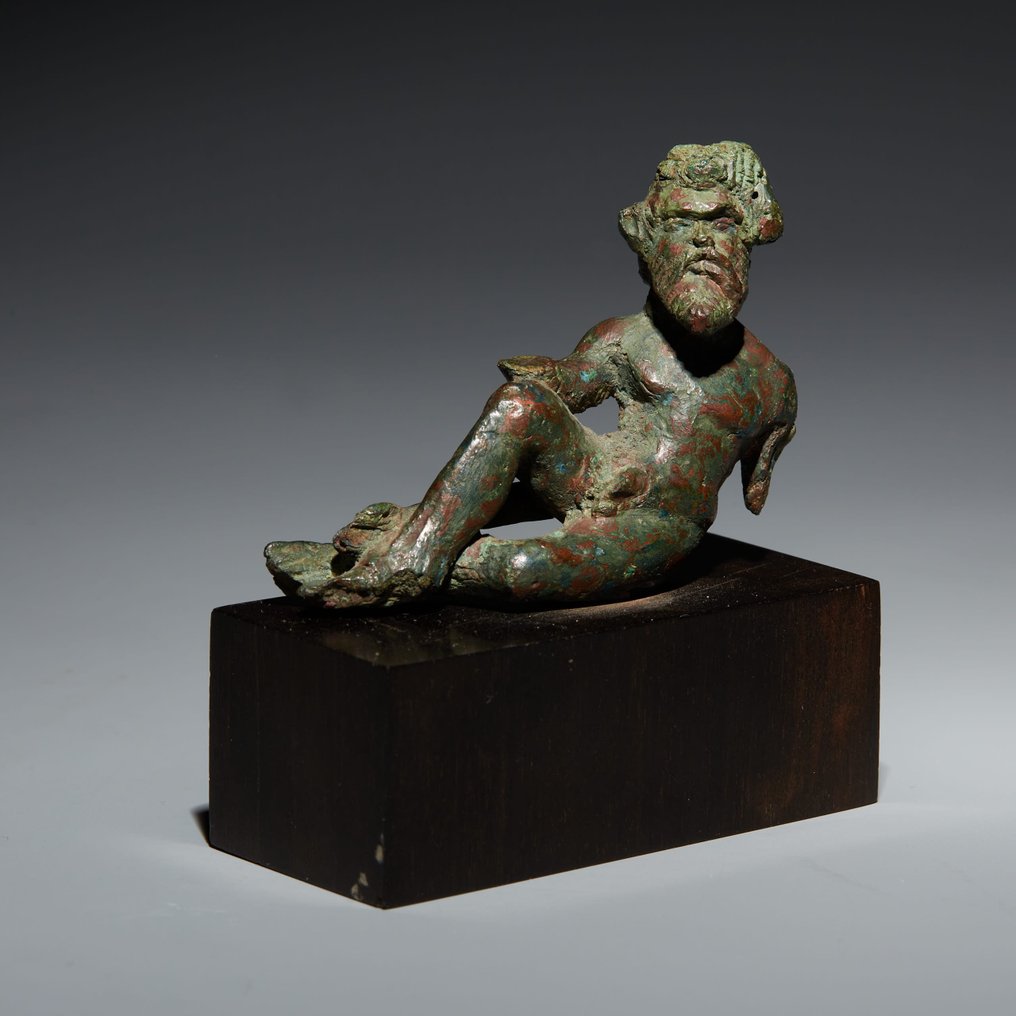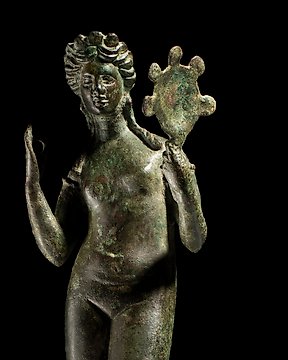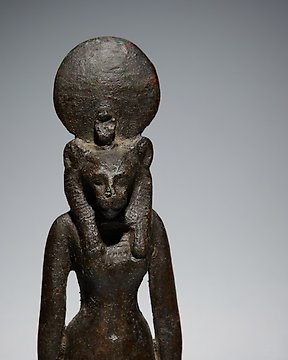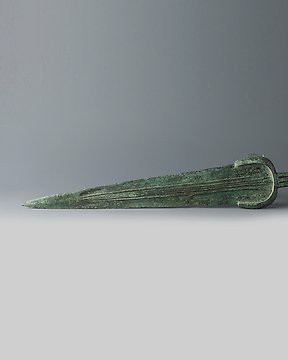Klauzula
Sprzedawca gwarantuje i może udowodnić, że przedmiot został nabyty legalnie. Sprzedawca został poinformowany przez firmę Catawiki, że musi dostarczyć dokumentację wymaganą przez przepisy ustawowe i wykonawcze obowiązujące w jego kraju zamieszkania. Sprzedawca gwarantuje i jest uprawniony do sprzedaży/eksportu tego przedmiotu. Sprzedawca przekaże nabywcy wszystkie znane informacje o pochodzeniu przedmiotu. Sprzedawca zapewnia, że wszelkie niezbędne pozwolenia są/zostaną załatwione. Sprzedawca niezwłocznie poinformuje nabywcę o wszelkich opóźnieniach w uzyskaniu takich zezwoleń.
Sprzedawca gwarantuje i może udowodnić, że przedmiot został nabyty legalnie. Sprzedawca został poinformowany przez firmę Catawiki, że musi dostarczyć dokumentację wymaganą przez przepisy ustawowe i wykonawcze obowiązujące w jego kraju zamieszkania. Sprzedawca gwarantuje i jest uprawniony do sprzedaży/eksportu tego przedmiotu. Sprzedawca przekaże nabywcy wszystkie znane informacje o pochodzeniu przedmiotu. Sprzedawca zapewnia, że wszelkie niezbędne pozwolenia są/zostaną załatwione. Sprzedawca niezwłocznie poinformuje nabywcę o wszelkich opóźnieniach w uzyskaniu takich zezwoleń.

